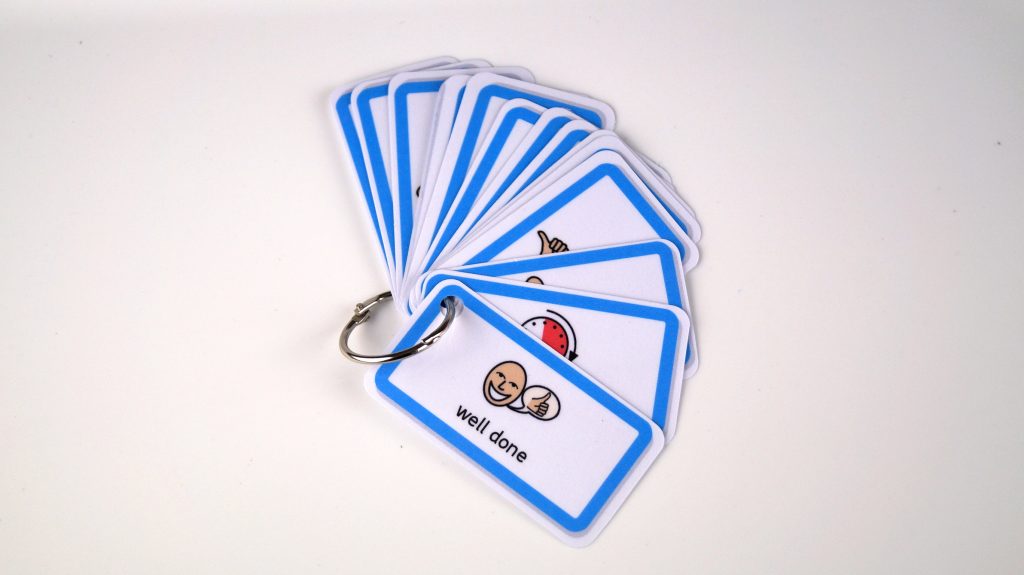The benefits of visually rewarding good behaviour
Rewarding good behaviour encourages children to repeat the same behaviour. A child will learn to do the things or demonstrate the behaviour for which he receives positive feedback and avoid behaviour that generates no reward or attention.
Develops Positive Habits
Rewarding good behaviour helps children develop little routines and rituals important to everyday life. Much of the quality of the child’s adult life is determined by habits learned as a child. Polite interaction with others; personal cleanliness; habits of hard work; and courteous interaction with authority figures are on the short list of personal habits children learn in the home that deeply influence their success and well-being as adults.

The effects of visually rewarding good behaviour
Improves negative behaviour
Rewarding good behaviour can help bring about incremental changes to a child’s behavioural choices. Children rarely mature without being influenced by, and picking up, bad behaviors, and at some point, they may receive positive reinforcement or attention for doing the wrong things.
When this happens, parents can re-teach children positive behaviour by reinforcing positive choices and limiting any positive feedback they receive from negative behaviours.
Creates a positive atmosphere
Rewarding good behaviour in the home creates a pleasant and enjoyable environment for both children and their parents. A home filled with positive reinforcement for good behavior, rather than dominated by punishment for bad behavior, is a home that provides children with an emotionally secure environment.
A positive home environment helps children feel happier and more confident. Confident children are more likely to follow their parents’ direction, take pride in their achievements and develop social skills that will benefit them throughout their lives.
Reduces defiance and misunderstandings
Parents should work to distinguish children who misunderstand their instructions from those who are defiant. Positive reinforcement works well to correct poor choices in the first category, but a child will not be positively reinforced out of willful defiance.
Defiant children must be allowed to experience the logical, natural, negative consequences of their choices in order to learn to choose positive behavior over socially, physically or emotionally harmful paths.
SeeThenLearn Visual Learning Resources resources
We have a range of early intervention Visual Learning Resources resources designed to help improve two-way communication and encourage early year learning. You can browse our product range online to find a suitable resource.


